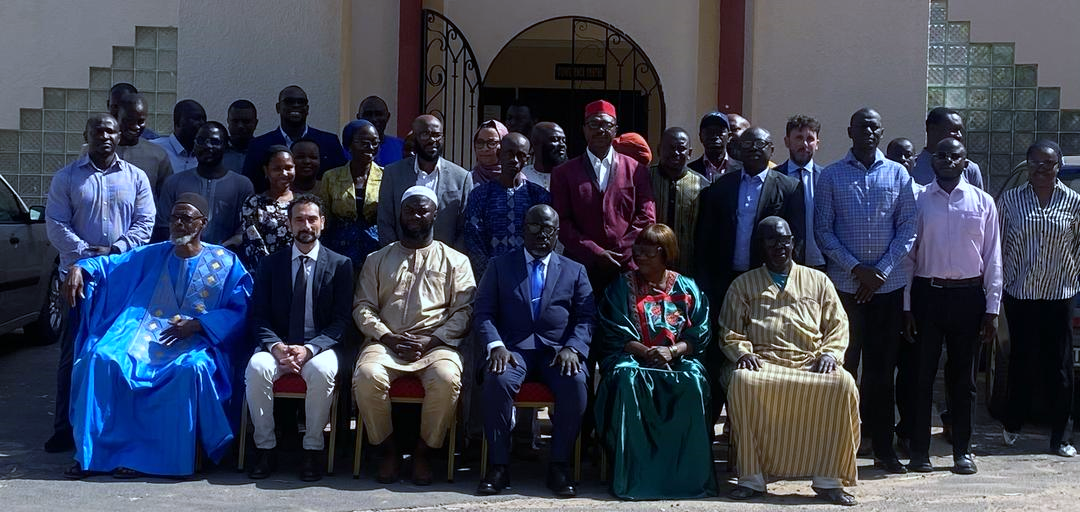By: Nyima Sillah
Momodou Senghore, an environmental analyst at the National Centre for the Coordination of Early Warning and Response Mechanism (NCCRM), has raised concerns about The Gambia’s increasing vulnerability to erratic weather patterns driven by climate change.
In an interview with The Voice, Senghore explained that climate change is causing significant shifts in the country’s rainfall patterns, making weather conditions harder to predict.
“We are now seeing more unpredictable rainfall. At times, we experience long dry spells, which negatively impact the cropping season. On other occasions, we face intense rainfall that causes flooding, especially in urban areas,” he said. “These changes make it difficult to rely on traditional forecasts.”
He highlighted that these shifts have resulted in fewer rains and an increase in extreme weather events such as droughts and flooding, which severely affect agriculture and food security.
Senghore emphasized that efforts are underway to enhance early warning systems that will provide timely and reliable information to the public. He stressed the importance of continually updating disaster preparedness plans to reflect the evolving climate realities.
“We can no longer rely on weather patterns from decades ago. Climate change has significantly altered the situation,” he noted.
The environmental analyst pointed out that in recent years, The Gambia has witnessed notable shifts in seasonal rainfall patterns, including delays in the onset of rains and early cessation.
“The upcoming rainy season is of great concern to the Centre. We are making preparations to ensure a well-coordinated early warning system that will provide accurate information to the public and relevant authorities, improving response and planning,” Senghore said.
He also mentioned that the Centre works closely with various stakeholders to ensure that early warnings and responses are effectively coordinated, ensuring information is disseminated promptly to end-users. Local communities, Senghore added, play a crucial role as first responders and possess their own indigenous early warning systems based on local knowledge. He stressed the need for awareness training to help communities distinguish between accurate information and disinformation, particularly during the rainy season.
“It is important to convert this information into local languages for better understanding,” he opined.
In the long term, Senghore suggested that The Gambia should integrate real-time weather monitoring systems to improve flood and drought modelling, strengthen community-based early warning systems, and develop more localized forecasts to support health and disaster preparedness.





